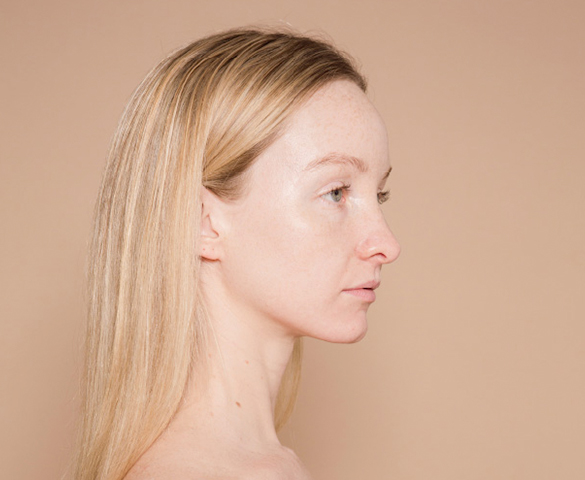
With hair loss, misinformation travels faster than science. From TikTok trends to old wives’ tales, it’s easy to feel lost in a haze of serums, oils, and bold promises.
But “The Hair Whisperer” Ricardo Vila Nova, cuts through the noise with an approach rooted in biology, diagnostics, and long-term care. In a candid deep-dive with Masoom Minawala, Vila Nova debunked common hair myths, shared essential facts about hair health, and revealed his science-backed tips for achieving stronger, healthier hair.
Not all hair loss is the same
Hair loss isn’t one-size-fits-all. In fact, it falls into two distinct categories: genetic and consequential. Genetic loss, aka androgenetic alopecia, is progressive and often unnoticeable at first. “It develops silently, and slowly. First areas start becoming sparse and thinner, and by the time most people notice, they’ve already lost a large percentage of hair. And if left too long, follicles die and can’t be resurrected,” explains Vila Nova.
Consequential loss on the other hand is a reaction to something else – postpartum hormone shifts, illness, surgery, stress, medications, or nutritional deficiencies. It often appears months after the trigger, which makes it hard to connect cause and effect. “You might experience emotional trauma in April, and only see the hair fall in August. This can lead to panic, as people think they’re going bald, and that it’s genetic – but in many cases it’s a temporary consequence, not a permanent reduction,” reveals Ricardo.
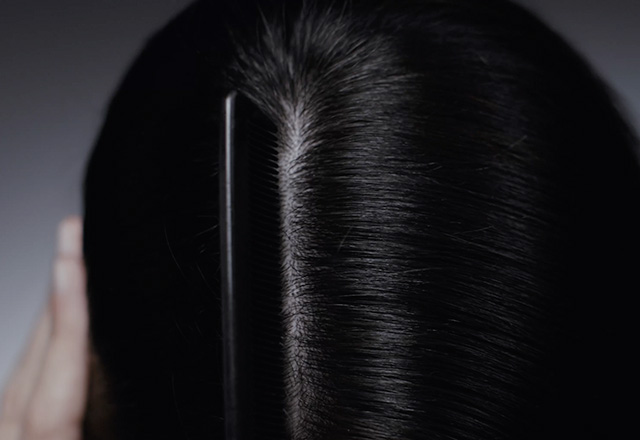
The scalp is skin too
Most of us pay lots of attention to our faces but ignore the skin our hair grows from. That, Ricardo says, is a mistake. “Our scalp is skin too, just a little thicker. It has pores, produces sebum, and it needs to be cleansed, exfoliated, and moisturised based on its condition, just like your face.”
He categorises haircare into four zones: scalp, roots, minerals, and genetics. “Many products target the visible strand – the part already built – but forget the environment it came from. A scalp that’s oily, flaky, dry, or congested can’t produce optimal hair. This makes regular “scalp facials” essential. You wouldn’t go weeks without cleansing your face properly, why treat your scalp differently?” adds Vila Nova.
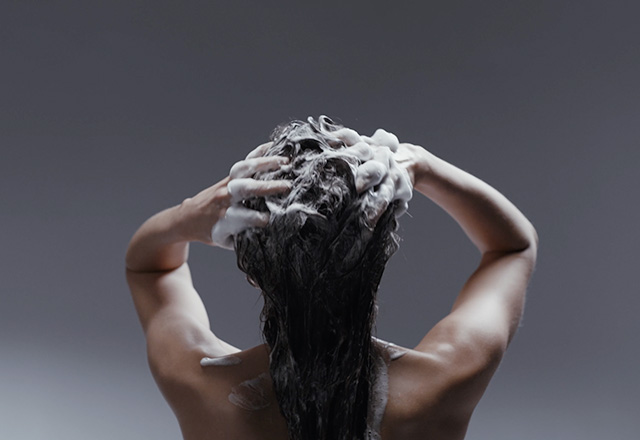
How often you wash depends on you
Forget rigid rules like “wash your hair twice a week.” Your washing schedule should match your scalp type. “The trick is choosing the right cleanser and monitoring how your scalp responds. Once you become in tune with your tresses, you’ll be able to anticipate when it’s best to wash your hair. Otherwise, your hair and scalp will tell you when it needs a wash – think oily roots, itchy scalp, and visible build-up. If you ignore these signs and leave toxins, sebum and haircare product buildup on the scalp for too long, you’ll experience major congestion, which can lead to inflammation and an upset the hair bulb,” shares Vila Nova
And it’s not just what and when you shampoo your hair that’s important when it comes to hair health, it’s how. “Shampoo belongs on the roots, not the ends. The lengths have already been built. The shampoo’s job is to cleanse the scalp, remove oil, and prevent buildup at the follicle. The suds running through the strands are enough to clean the lengths, all without aggressive scrubbing,” says Vila Nova.
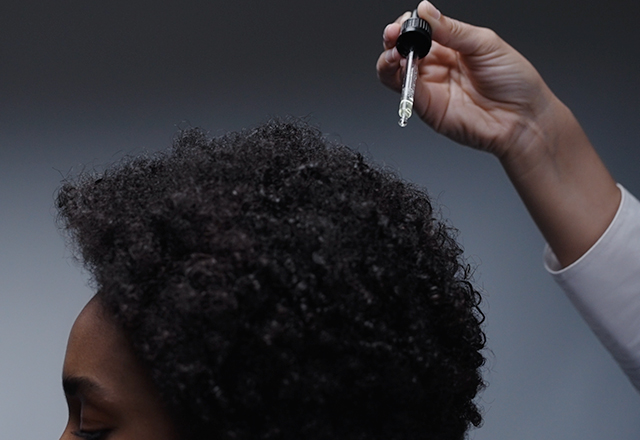
Is hair oiling effective?
The ritual of hair oiling has been a much-loved practice in cultures around the world for centuries. But Vila Nova claims its effectiveness depends on your scalp’s condition. “Oils don’t penetrate the follicle or heal hair loss, but they can help soothe a dry, inflamed scalp – when used correctly. Coconut oil can help draw out toxins. Lavender is a great antiseptic. Rosemary can increase blood flow, which helps bring nutrients to the roots,” reveals Vila Nova. But for people with sensitive or reactive scalps, the wrong oil can make things worse. “If you start getting buildup or congestion, or your scalp feels tight or uncomfortable, the oil you’re using is probably not right for you,” he warns.
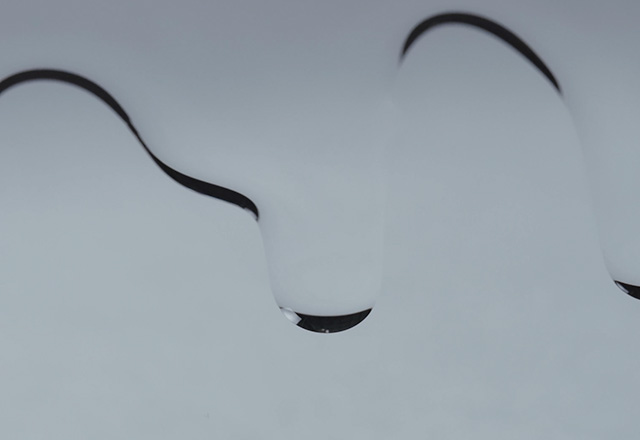
Supplementation is a science
Many people turn to biotin at the first sign of shedding, but that alone won’t fix a deeper issue. “Hair is a secondary organ. If you’re deficient in iron, B12, or folic acid, your body sends nutrients to the vital organs first. Hair gets what’s left over,” explains Vila Nova.
If you’re working out more, skipping meals, recovering from illness, or under stress, you’ll need to increase your intake. But even if blood tests show you’re “in range,” that might not be enough. “Iron levels can range from 50 to 150. You might be ‘fine’ at 50, but for hair, you need to be closer to 80 or above,” says Vila Nova. The takeaway? Always test first. Know what you’re deficient in. Then supplement based on fact, not suspicion.

Trimming doesn’t stimulate growth
It might make your hair look healthier, but trimming doesn’t influence actual growth. “It’s the same as cutting your nails, it doesn’t affect what’s happening internally,” shares Vila Nova. That said, trimming helps even out length, remove split ends, and reduce the appearance of damage, which gives the illusion of a fuller, healthier head of hair.
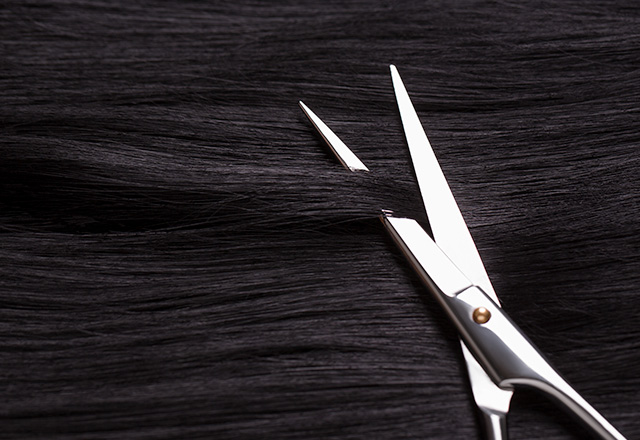
Your hair is the most abused organ in your body
No other organ is styled, straightened, bleached, or pulled daily the way hair is. “We play with hair more than any other part of the body. But unlike skin, we often don’t compensate for the damage we create,” believes Vila Nova. Heat styling, tight ponytails, and chemical treatments all take their toll. “People think nothing of skipping a mask or deep conditioner, then wonder why the hair looks fried or starts thinning at the temples.”
One major effect of thinning around the hairline has to be traction alopecia. This is where constant tension from styles like tight buns and slick ponytails can lead to gradual but permanent hairline recession. You might not notice it for years, and by the time you do, the damage is done,” explains Vila Nova.
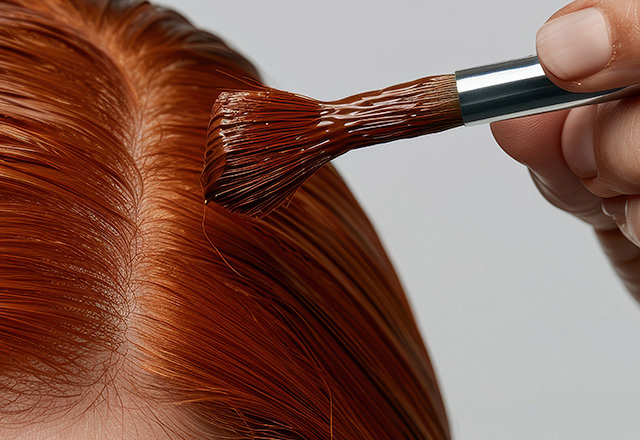
Don’t wait until there’s a problem
Hair care shouldn’t be reactive. “You don’t wait for your liver to stop functioning before you support it. Why wait until your hair falls out? Start treating your hair with the same care you give your body, before signs of thinning or shedding appear,” says Vila Nova.
That means focusing on the scalp, using personalised haircare and seeing the likes of Vila Nova for regular hair and scalp treatments.
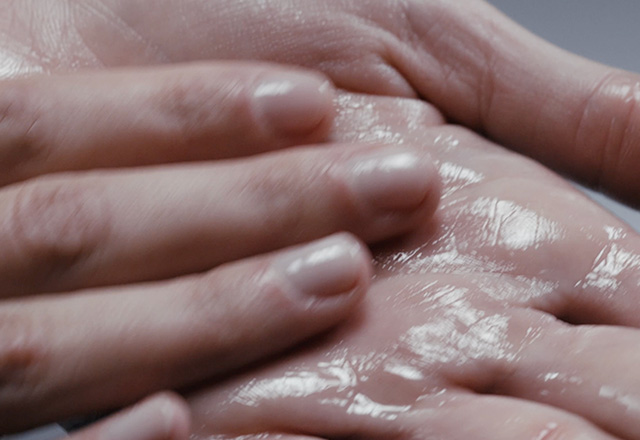
Monitor your habits
Even without lab-grade diagnostics, there’s a lot you can do at home. “Ask yourself: is my scalp flaky, oily, or reactive? Is my hair shedding more than usual? Is hair growing to replace the ones I’ve lost? Am I getting enough protein? Am I sleeping well? Digesting well?” says Vila Nova.
“If you’re doing all you can to support your scalp, and address your overall health, and you’re seeing no improvement in your hair condition, then it’s time to consider genetics as the culprit,” explains Vila Nova.
And even then, all is not lost says Vila Nova. “Genetic degeneration can be managed. Like thyroid issues, it doesn’t have to be a crisis if you address it early. But it’s important to monitor your habits, assess your haircare practices and act fast.”


